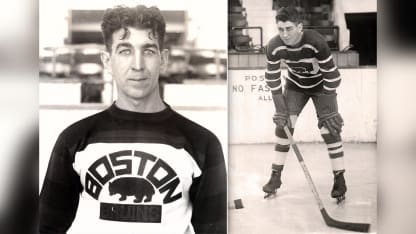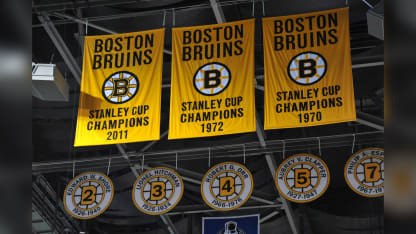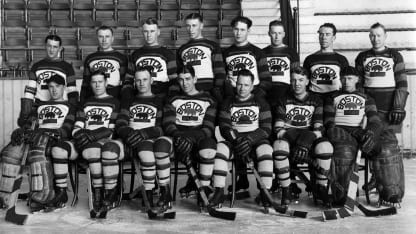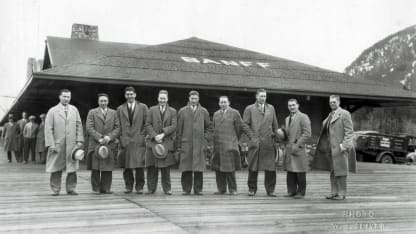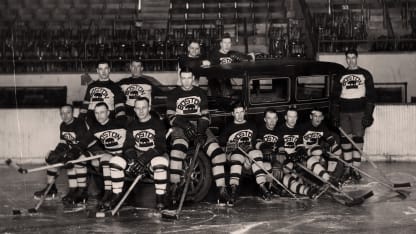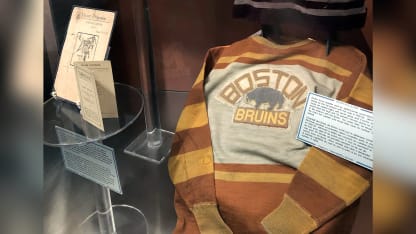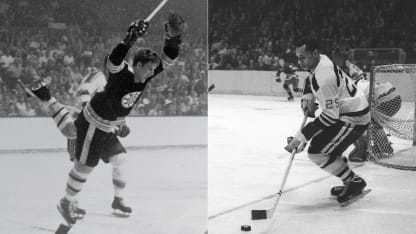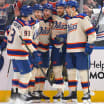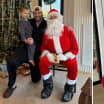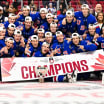BOSTON -- There are 20 defensemen enshrined in the Hockey Hall of Fame who played all, part or for just a single bowl of chowder of their careers for the Boston Bruins.
You could convincingly argue there should be 21.
Lionel Hitchman should be remembered Sunday when the Bruins host the Montreal Canadiens at TD Garden on the 100th anniversary of Boston’s first game (3 p.m. ET, NESN, SN, RDS).
Hitchman, the second captain in Boston franchise history, played the final of his 417 NHL games 90 years ago this coming Jan. 28, his No. 3 Bruins sweater retired immediately after the home team’s 3-1 loss to the Ottawa Senators at Boston Garden.
“All that cheering over Eddie Shore’s return to the Boston Bruin lineup (following suspension) has dimmed considerably the announcement that the veteran Lionel Hitchman has completed his long and honorable term as a major league puckman,” columnist Walter Graham wrote in the Jan. 31, 1934, Springfield (Massachusetts) Daily News.
“A great fellow and a sterling defenseman was Hitchman, and for several years he was one of the most important cogs in the Bruin machine. He never got anywhere near the publicity he rated, for he was one of those steady performers who concentrated on efficiency rather than the spectacular.
